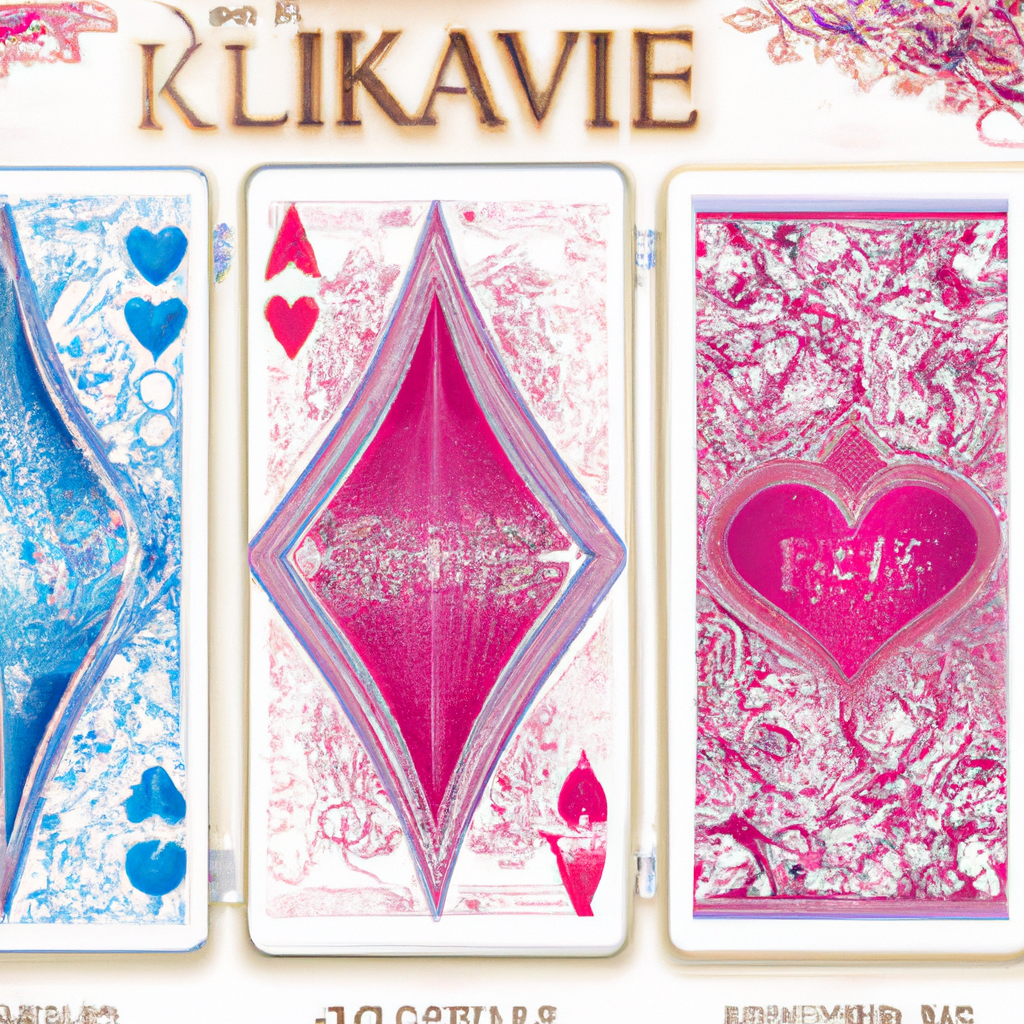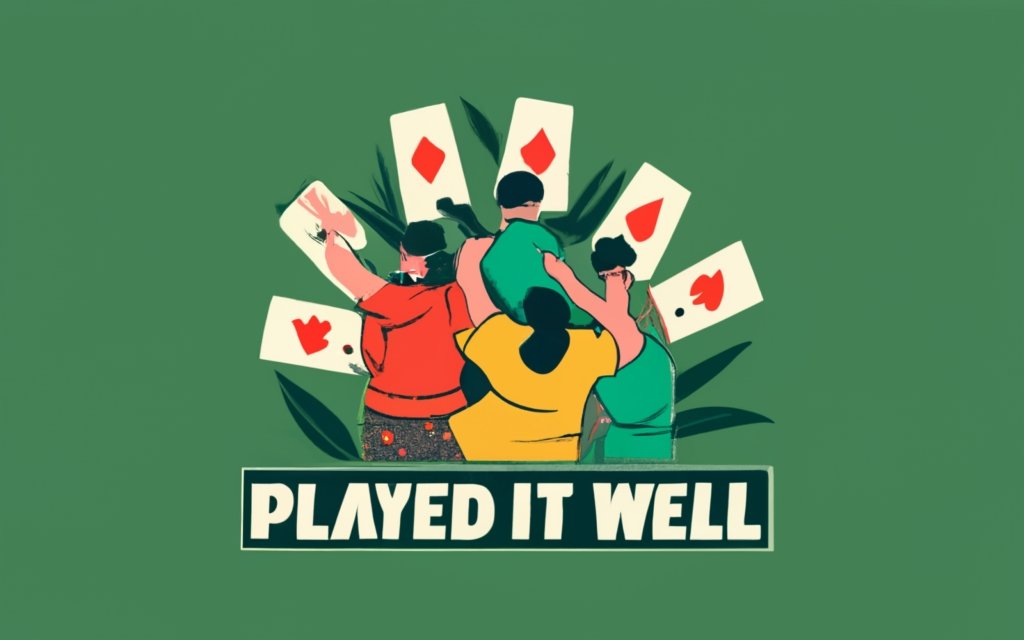Have you ever wondered how many diamonds are in a deck of cards? It may seem like a simple question, but the answer is not as straightforward as you might think. In this article, we will explore the fascinating world of playing cards and uncover the mystery behind the number of diamonds in a deck. Prepare to be intrigued as we take a closer look at this seemingly mundane object that holds many secrets within its 52-card composition.

This image is property of images.pexels.com.
The Basics of a Deck of Cards
A standard deck of cards consists of 52 cards and is divided into four suits: hearts, diamonds, clubs, and spades. Each suit contains 13 cards, including the Ace, numbers 2-10, and face cards (King, Queen, and Jack). In this article, we will be focusing specifically on the suit of diamonds and exploring its composition and significance in a deck of cards.
Understanding Diamonds in a Deck of Cards
Suit Compositions
Before we dive into the specifics of diamonds, let’s first understand how a suit is composed. In a standard deck of cards, each suit consists of 13 cards. The diamonds suit is no exception and includes the Ace of Diamonds, numbered cards 2-10, and the face cards: King of Diamonds, Queen of Diamonds, and Jack of Diamonds.
Number of Diamonds in a Standard Deck
Since there are 13 cards in each suit, it follows that there are 13 diamonds in a standard deck of cards. This means that you can find one diamond card for each value within the suit, from Ace to King.
Exploring the Suit: Diamonds
Diamonds as a Symbol
Diamonds have long been associated with wealth, luxury, and material possessions. In the context of a deck of cards, the diamond symbol represents fortune, abundance, and the allure of the finer things in life. The presence of diamonds in a game can add an element of excitement and anticipation.
Design of Diamond Cards
The design of diamond cards in a deck varies depending on the style and brand. Traditionally, diamond cards feature a red diamond-shaped symbol with intricate details. The number or letter indicating the card’s value is displayed inside the diamond. The face cards, such as the King, Queen, and Jack of Diamonds, often showcase elaborate illustrations or portraits representing royalty and elegance.
History of Diamonds in Playing Cards
Origins of Suit Symbols
The origins of suit symbols in playing cards can be traced back to ancient China, India, and Egypt. The concept of suits in cards made its way to Europe during the Middle Ages and eventually evolved into the four suits we are familiar with today: hearts, diamonds, clubs, and spades.
Evolution of Diamond Symbol
The diamond symbol itself has undergone changes throughout history. In early playing cards, the diamond was depicted as a rounded shape resembling a lozenge. Over time, the symbol transformed into the distinct diamond shape we recognize today, with its sharp angles and defined lines. This evolution in visual representation coincided with the spread of playing cards across different regions and cultures.

This image is property of images.pexels.com.
Methods to Count Diamonds in a Deck of Cards
Manual Counting
If you ever find yourself wondering how many diamonds are in a deck of cards, you can always count them manually. This involves sorting through the entire deck and separating the diamond cards from the other suits. While this method ensures accuracy, it can be time-consuming, especially if you are working with multiple decks or customized card sets.
Estimating by Percentage
For a quicker estimate, you can use the fact that each suit makes up one-fourth of the deck. Since there are 52 cards in total and 13 cards in each suit, you can calculate that diamonds make up approximately 25% of the deck. This estimation can be useful in certain scenarios, such as determining the likelihood of drawing a diamond card during a game.
Using Probability Theory
If you want a more precise calculation, you can utilize probability theory. By considering the number of diamond cards in the deck and the total number of cards, you can calculate the probability of drawing a diamond card in a given scenario. This method is particularly helpful in strategic card games where understanding the likelihood of certain card outcomes is crucial.
Calculating the Exact Number of Diamonds
Individual Card Counts
To calculate the exact number of diamonds in a deck, you can count them individually. In a standard deck, there are four diamond cards for each value (Ace, 2-10, King, Queen, and Jack). By multiplying this number by the number of different values, which is 13, you can determine that there are a total of 52 diamond cards in a deck.
Total Diamond Count
Since there are 52 cards in a standard deck and diamonds make up one of the four suits, the total count of diamond cards remains constant at 52. This consistency allows for predictability in card games and ensures fairness in gameplay.

This image is property of images.pexels.com.
Variations in the Number of Diamonds
Special Card Decks
While a standard deck of cards always contains 52 cards, variations in the number of diamonds can arise in special card decks. Some specialty decks may feature additional diamond cards, introducing new game rules and mechanics specific to that deck. These variations provide an opportunity for unique gameplay experiences and can add an element of surprise for seasoned card players.
Customized Playing Cards
Additionally, when it comes to customized playing cards, the number of diamonds can vary depending on the specific design or theme chosen. Some customized decks may feature alternative suit symbols, replacing diamonds with other symbols or incorporating different visual representations. These variations allow for personalization and creativity in card games, making them ideal for collectors and enthusiasts.
Fun Facts About Diamonds in Playing Cards
Popular Diamond Patterns
Diamond patterns are not limited to playing cards. They can be found in various aspects of design and fashion. The classic diamond pattern, often associated with playing cards, has made its way into textiles, wallpaper, and even jewelry. This enduring and versatile pattern showcases the timeless appeal of diamonds, both on and off the card table.
Diamonds in Magic Tricks
Diamond cards have long been a staple in magic tricks and illusions. Their elegant design and association with wealth make them a visually captivating choice for magicians. From card tricks where diamond cards mysteriously change their appearances to mind-reading routines involving diamond cards, these illusions demonstrate the enduring mystique and allure of diamonds.

The Symbolism Behind Diamonds in Cards
Diamonds as Wealth and Greed
In addition to their visual appeal, diamonds in playing cards carry symbolic meanings. They are often associated with wealth and greed, reflecting society’s fascination with material possessions. In card games, diamond cards can represent opportunities for financial gain or serve as a cautionary reminder of the potential dangers of greed and avarice.
Diamonds in Tarot Cards
Diamonds also have symbolic significance in Tarot cards. In Tarot readings, diamonds, known as pentacles or coins, are associated with earthly matters, finances, and material well-being. The diamond suit in Tarot represents the practical aspects of life, emphasizing the importance of financial stability and the physical realm.
Conclusion
Significance of Diamonds in a Deck of Cards
Diamonds play a significant role in the composition and symbolism of a deck of cards. As one of the four suits, the diamond suit represents wealth, abundance, and the allure of luxury. The diamond symbol itself has evolved over time, reflecting changing cultural and visual aesthetics. Whether counting diamonds manually, estimating their number, or utilizing probability theory, understanding the precise count of diamonds in a deck allows for strategic and fair gameplay.
Implications for Card Games and Players
The presence of diamonds in a deck of cards adds excitement, intrigue, and strategic depth to card games. The symbolism behind diamonds can inspire various narratives and themes, allowing players to immerse themselves in different game experiences. By recognizing the versatility and significance of diamonds in playing cards, both casual and experienced card players can enhance their enjoyment of the game. So, next time you sit down for a game, take a moment to appreciate the diamonds in your hand and the rich history they represent.


